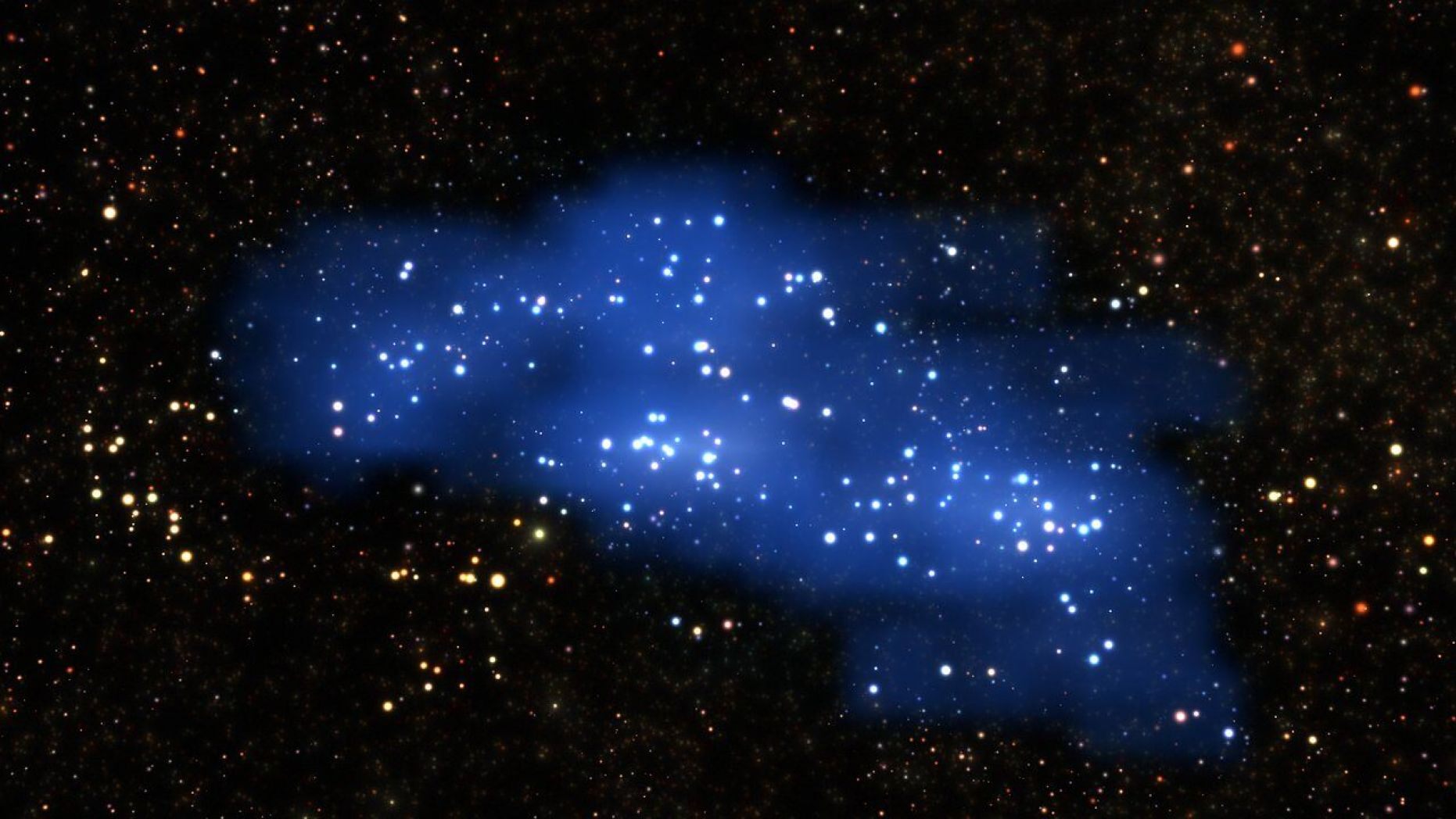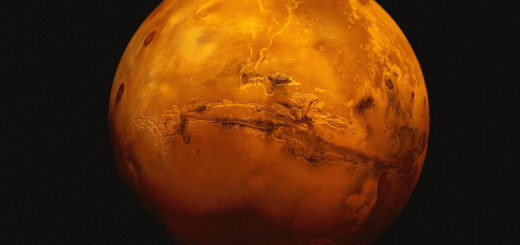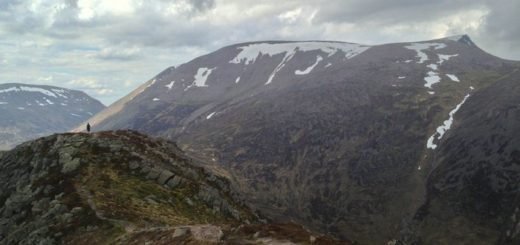The largest galaxy supercluster from the early universe has been spotted

The Hyperion protocluster dates back to just 2.3 billion years after the Big Bang. An international team of astronomers led by Olga Cucciati scanned data from the VIMOS instrument of ESO’s Very Large Telescope and found this colossal structure from the early universe. (L. Calçada & Olga Cucciati et al./ESO)
Scientists recently uncovered the largest known structure of the ancient universe.
It’s an object called a supercluster, which is not as foreign as it may sound. We reside in a supercluster, too. If space seems like a lonely place on dim nights, just remember that Earth is in the midst of plentiful galactic company. The sun’s home, the Milky Way, is one galaxy out of many in its cosmic neighborhood. And the Milky Way galaxy is a member of a gathering of nearby galaxies called the Virgo supercluster, which is part of a larger supercluster called Laniakea (which translates to “immeasurable heavens” in Hawaiian).
These structures are typically found when scientists look at lower redshifts. In general, redshifts are a measure of how much an object’s light has been stretched out as the object moves away from us. Astronomers use redshift to evaluate how long ago light left its source; because the universe is expanding, the less redshift that light shows, the later in the universe’s history the light originally left its source.
Structures spotted at lower redshifts are cosmic contemporaries. But at higher redshifts, an object is determined to be much older.
More From Space.com
Laniakea
An astronomical team led by Olga Cucciati from the National Institute of Astrophysics (INAF) in Bologna, Italy, found a massive supercluster from the early universe. This proto-supercluster, which Cucciati’s team named “Hyperion,” is “the largest and most massive structure yet found at such a remote time and distance — merely 2 billion years after the Big Bang,” according to a statement published today (Oct. 17) by the European Southern Observatory (ESO).
The team found this gargantuan structure by analyzing existing data from the VIMOS instrument on ESO’s Very Large Telescope in Chile and observations from the Canada-France-Hawaii Telescope on Hawaii’s Big Island.
The team found that Hyperion has an enormous mass of 1 million billion times that of Earth’s sun.
“This is the first time that such a large structure has been identified at such a high redshift, just over 2 billion years after the Big Bang,” Cucciati said in the statement. “Normally, these kinds of structures are known at lower redshifts, which means [they come from a time] when the universe has had much more time to evolve and construct such huge things. It was a surprise to see something this evolved when the universe was relatively young!”
Hyperion is located in the constellation Sextans (the sextant).



 Creators of mankind
Creators of mankind Description of “Tall white aliens”
Description of “Tall white aliens” Where they came from?
Where they came from? About hostile civilizations
About hostile civilizations The war for the Earth
The war for the Earth “Tall white aliens” about eternal life
“Tall white aliens” about eternal life Video: “Nordic aliens”
Video: “Nordic aliens” Aliens
Aliens Alien encounters
Alien encounters The aliens base
The aliens base UFO
UFO Technology UFO
Technology UFO Underground civilization
Underground civilization Ancient alien artifacts
Ancient alien artifacts Military and UFO
Military and UFO Mysteries and hypotheses
Mysteries and hypotheses Scientific facts
Scientific facts


















